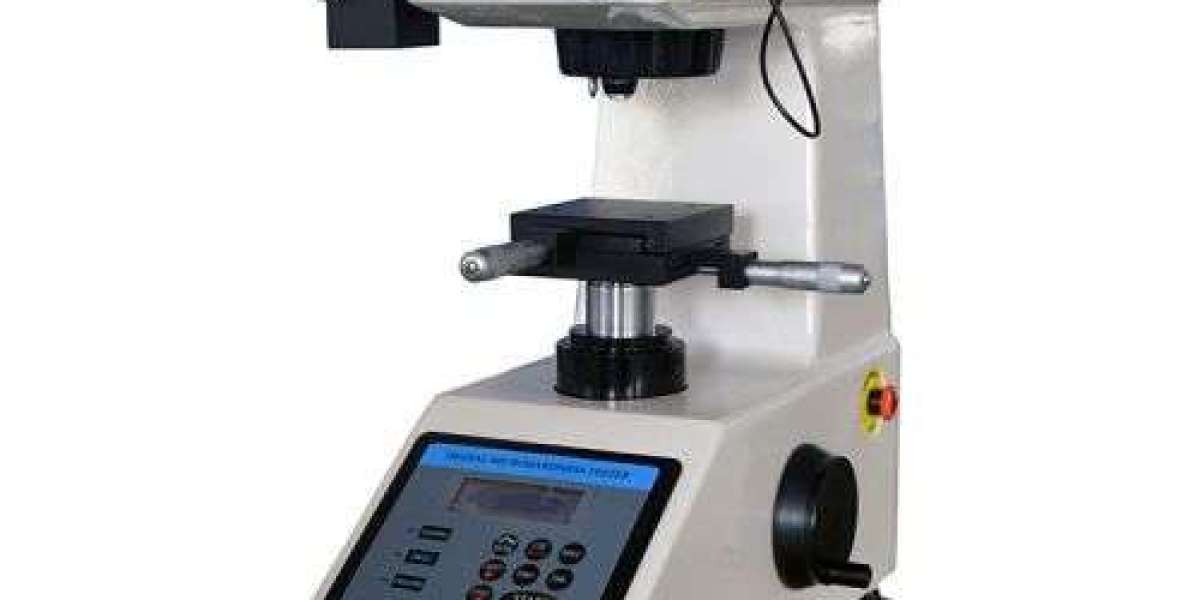Choosing the right Vickers hardness tester for your needs requires careful consideration of various factors, and the best approach involves a step-by-step analysis:
1. Define your testing needs:
- Material type: What materials will you be putting to the test? Is it hard, soft, thin, or do they have specific geometric constraints?
- Application: What data do you require from the hardness test? Is it for quality control, research, or something else?
- Desired accuracy and repeatability: How precise must your measurements be?
- Destructive vs. non-destructive testing: Can you justify leaving permanent indentations on your samples?
2. Analyze the test parameters:
- Load range: What load range (e.g., 1-100 kgf for micro-Vickers, 5-30 kgf for macro-Vickers) is required based on your material hardness?
- Indenter type: Do you need a standard diamond indenter, or are Knoop or Berkovich options better suited to your needs?
- Measurement system: What level of precision and resolution do you require for the indentation measurement?
- Automation level: Do you need automated features for increased efficiency, such as motorized stage movement or automatic data acquisition?
3. Evaluate the tester features:
- Compare available models: Investigate various Vickers testers based on your parameters and budget.
- Load range and capacity: Check that the load range of the tester matches your material hardness requirements.
- Indenter types and compatibility: Confirm that the tester has the required indenter type(s) and can easily switch between them if necessary.
- Measurement system: For accurate and efficient data acquisition and analysis, check the microscope resolution and software capabilities.
- Automation features: Consider the advantages of automation for your workflow and select a tester with a suitable level of automation.
- Software and reporting: Examine the user interface, data analysis capabilities, and report generation features of the software.
4. Additional considerations:
- Budget: Set a reasonable budget and prioritize essential features according to your requirements.
- Brand reputation and service: Select a reputable manufacturer that provides excellent customer service, warranty coverage, and spare parts availability.
- Ergonomics and ease of use: Choose a user-friendly and comfortable tester, especially if you intend to test frequently.
- Standards and certifications: Ascertain that the tester meets the relevant industry standards and certifications for your application.
By following these steps and carefully analyzing your needs, you can make an informed decision and select the Vickers hardness tester that best meets your needs and ensures accurate and reliable results for your specific application.



